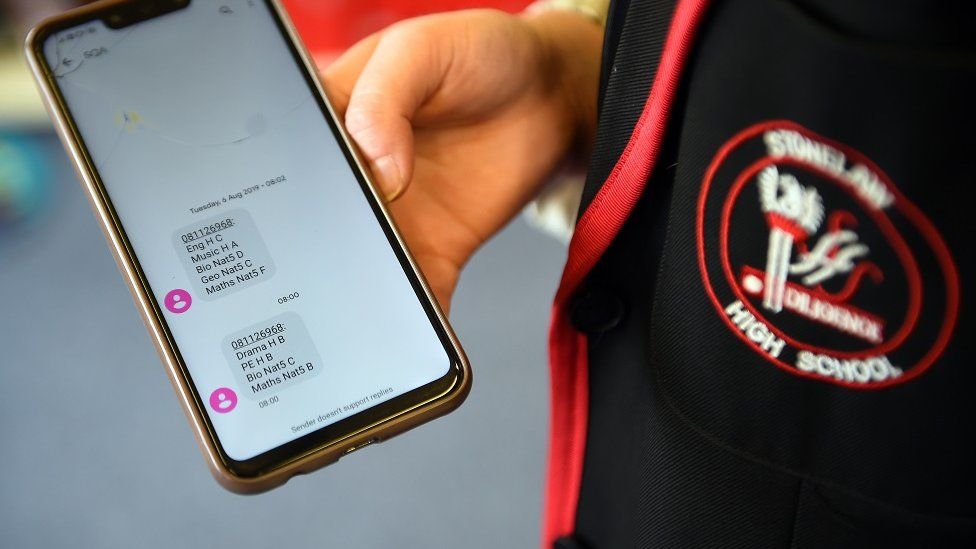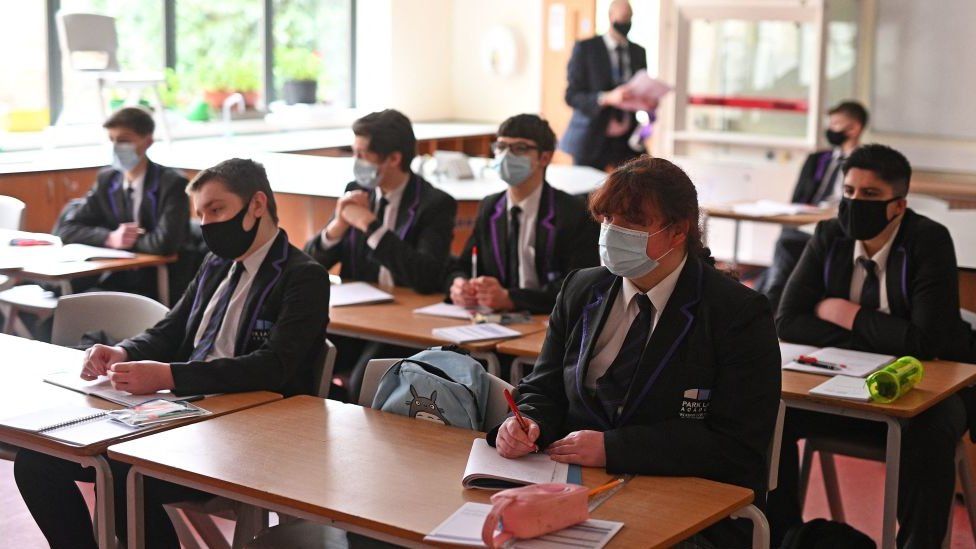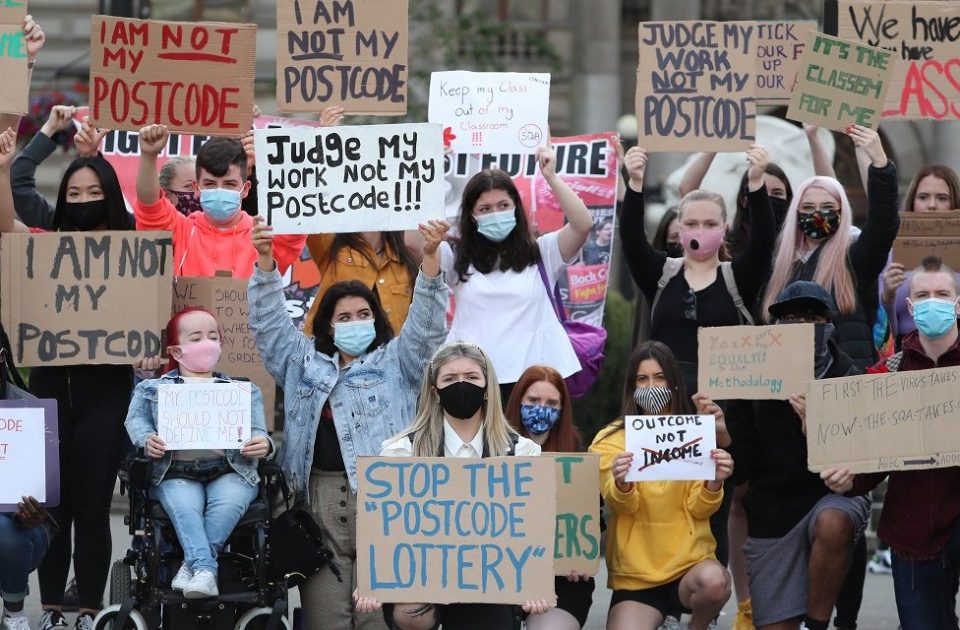
Pupils across Scotland are due to receive confirmation of their grades for their National 5, Higher and Advanced Higher qualifications.
They’ll come in the form of letters dropping through doorways and official texts, but they won’t be a surprise.
As the exams were cancelled, their results are based on school assessments and teacher judgements, while the SQA sampled work from different schools for “quality assurance”.
This all happened before the end of June so the results won’t be new to the young people. So what should we look out for when the statistics are released?
Making the grade?
Last year’s results were originally put through an algorithm which meant 125,000 pupils had their results downgraded.
But it sparked a political row, the algorithm was scrapped and pupils received teacher-estimated grades.

It led to a high pass rate and, within that, a higher than normal number of pupils getting As.
In “normal” years, the pass rate for Higher exams has been sitting between 75% and 78%. Last year it was 89%.
In 2020, 40% of Higher grades awarded were As. Usually that hovers just under 30%.
Last year was an outlier because all results were teacher estimates. This year, teachers have been involved in coming up with grades but they have had to show solid evidence in the form of assessment material, so it’s not quite exams, not quite teacher judgement. It’s hard to tell how this will play out on a national scale.
There seems to be a feeling that there could be a significant number of pupils achieving an A this year. This could be down, in part, to a lack of central moderation. In a normal exam, there is the ability to move the mark you need to achieve to get an A upwards, if lots of people are doing really well in that particular test.
Attainment gap

Both the SQA and Scottish government have warned against comparing last year’s statistics with previous years. 2020 was, as I have already said, an outlier.
It’s interesting to note, however, that despite pupils eventually getting their teacher estimates as grades and not those moderated to take into account a schools’ past performance, the gap between those from the most and least deprived backgrounds got wider, not smaller.
A number of scenarios could play out this year when it comes to the attainment gap. It’s likely that those from the least deprived backgrounds will have had the most support during online learning, so it would be surprising to see them do any worse than any other social group.
Without traditional exams and with teachers able to, in theory, use their judgement, those in the most deprived group could potentially have more of an advantage than they normally do.
We could end up in a scenario where, on the whole, everyone does better, which is good for the individual but won’t close the gap any further.
How many appeals?
This year, for the first time, pupils can appeal directly with the SQA if they are unhappy with their grade, instead of involving their school. They can appeal for three reasons: against an academic judgement, because of an administrative error or on the grounds of discrimination.
Pupils have had the ability to lodge their interest in an appeal since they were told their results on a provisional basis and the deadline for this is Thursday.

We are likely to be given some idea of the numbers who have already said they want to appeal but they won’t come as part of today’s statistics.
I don’t expect numbers to be particularly high, although there could be a conversation around the choice to not include a right of appeal for exceptional circumstances and the decision to allow marks to be downgraded as well as upgraded and whether this has put young people off.
Both of these decisions were criticised by the Children and Young People’s Commissioner and the Scottish Youth Parliament.
University places
Each year, the Scottish government pays Scottish universities for Scottish students to go there. Usually it puts a cap on the number of places. Last year and this year, the government has increased the cap by about 2,500 places to more than 38,000 places.
It means that even if more pupils than usual do meet the entry requirements for the courses of their choice, they should still get a place on that course.
They may have already been in touch with the university to let them know they have what they need. But institutions can’t make anything official until today, when the results are there in black and white.
The government has committed to this extra funding for the entirety of each course. What we are still waiting for is confirmation of whether they will do the same for next year’s entrants, many of whom will have been sitting Highers this year.


